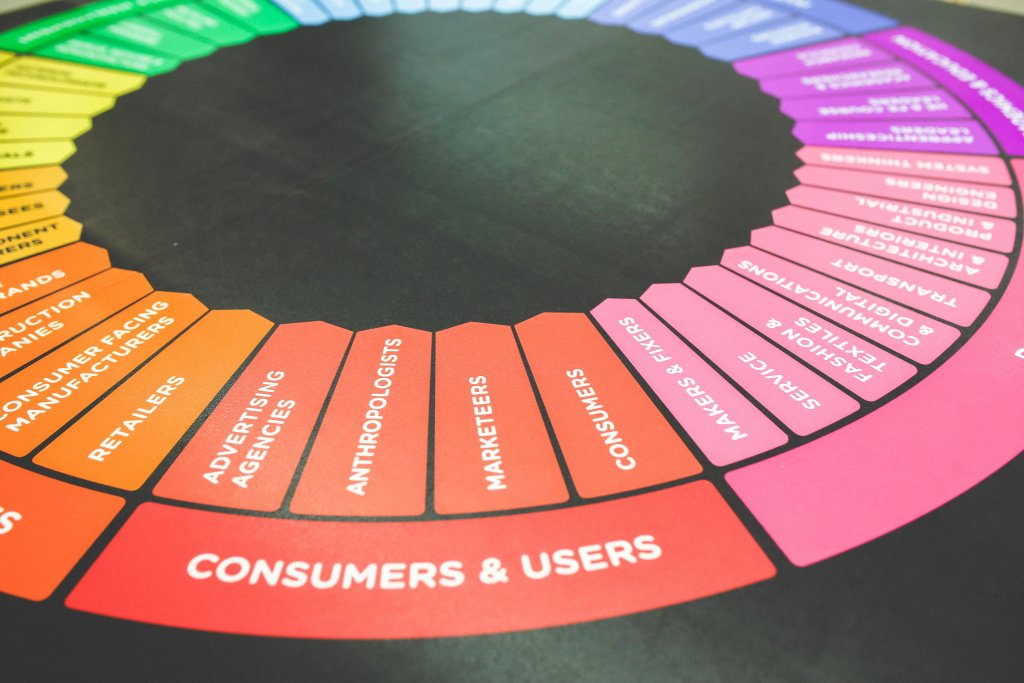Strategic Architecture Across Multi Platform Channels
Touchpoint architecture shapes the digital journey from start to finish. Without intelligent placement, even the most robust campaigns underperform. In a fragmented digital ecosystem where users move between devices, platforms, and content types, identifying where and when to place interaction points becomes more than just strategic planning. It becomes essential UX infrastructure.
Each channel, whether it is a mobile app, web interface, live chat widget, or SMS gateway, requires its own defined framework. These frameworks are informed by audience behavior, scroll depth, bounce rates, and session heatmaps. The key is seamless continuity. If the customer reads a product blog on desktop and transitions to mobile for purchase, the call to action must follow their intent without disruption. Otherwise, brands risk losing momentum and conversion.
Context drives platform behavior. Users who enter a brand’s space via social media arrive with expectations distinct from those using search or referral. Therefore, contextual relevance demands that digital touchpoints respond to the user’s specific informational need at that precise moment. This strategy strengthens the connective thread across the entire journey, helping users transition without cognitive friction.
Relevance Mapping Within User Lifecycle Frameworks
Understanding the customer lifecycle is not just a marketing funnel diagram. It requires real-time adaptive design. From awareness to advocacy, each stage represents a behavioral threshold. To align digital interaction points with those thresholds, relevance mapping becomes necessary. This involves detailed profiling of intent signals like page views, click-through patterns, session duration, content frequency, and abandonment triggers.

Within the awareness stage, educational content that gently nudges curiosity must be equipped with non-intrusive touchpoints. These may take the form of interactive infographics or hover-based sign-up invitations. In contrast, the evaluation phase benefits from comparative guides, customer testimonials, and embedded product quizzes.
Each touchpoint must resonate with purpose, not just placement. Pop-ups may convert poorly on mobile but work effectively on desktops during the consideration phase. Knowing when and how to introduce a contact form, schedule request, or pricing inquiry field determines whether interaction becomes lead generation or abandonment.
Moreover, segment-based strategies must evolve. First-time visitors, returning users, and high-value customers require unique sets of touchpoint interactions. Layering this personalization atop lifecycle triggers allows brands to present the right opportunity at the right moment.
Data Anchoring for Predictive Experience Design

Modern touchpoint strategies are fueled by predictive design. This approach uses machine learning models and data signals to forecast user behavior and place future interactions accordingly. Whether it’s pre-empting drop-off on high scroll-depth articles or pushing contextual services near abandoned product views, predictive tools elevate static placements into living systems.
WebDev200 often applies predictive analytics to understand which combination of design elements, content timing, and device preferences influence user outcomes. Through a combination of A/B tests and behavioral segmenting, brands can unlock highly targeted contextual placements that increase engagement and retention.
The use of zero-party and first-party data also contributes to smarter design logic. When users willingly share preferences via quizzes or feedback, those insights become seeds for refined placement strategies. For example, a user selecting interest in ‘outdoor apparel’ in a style quiz can later be shown curated recommendations during site navigation without needing reentry.
Predictive touchpoint systems also account for behavioral intent pacing. Not all users act immediately. Some research, compare, and bookmark. Touchpoint systems that recognize and anticipate long-term behavioral cadence will use contextual nudges like retargeting banners or delayed email prompts rather than disruptive overlays. This future-state design mentality ensures touchpoints remain supportive, not aggressive.
Visual Syntax and Content Weight Distribution

The effectiveness of any digital touchpoint is not just its placement but its visual alignment and weight. Design syntax, including font size, hierarchy, button shape, animation frequency, and whitespace control, plays a silent but powerful role. Subtle misalignments can dilute attention or create distraction. Visual friction is often the culprit behind high bounce rates even when the placement logic is sound.
Effective contextual touchpoints rely on layered design. Primary calls to action, secondary content cues, and tertiary reinforcements all need defined zones of influence. A heatmap analysis often reveals that cluttered visual arrangements lead to scanning rather than engagement. By contrast, minimalism with contrast and clarity can turn even the smallest engagement point, like a “Learn More” chip, into a high-conversion gateway.
One emerging strategy is micro-animation. A slight hover effect or fade-in icon at precisely the right moment drives attention without overwhelming. Timing and pacing are as important as placement itself. An early trigger may seem pushy while a delayed one might miss the user entirely.
Additionally, emotional tone embedded within visuals affects perception. A friendly chatbot icon with a welcoming message has a different impact than a blinking button screaming urgency. Both have context. But one creates comfort, while the other induces friction. Selecting which visual style aligns with the brand’s identity and user expectation is critical.
Embedded Services Within Adaptive Experience Layers
Services no longer exist in a siloed part of the digital journey. Today, they must be embedded. Whether it’s product support, live agent handover, AI-guided self-help, or conversion flows, embedding services at contextually relevant checkpoints improves accessibility and intent-to-act.
WebDev200 integrates modular service components within content pathways rather than isolating them. For instance, a pricing FAQ might seamlessly expand into a mini calculator. Or a video explainer may carry a floating button for immediate callback scheduling. In both cases, the touchpoint does not interrupt, it invites.

Contextual embedding also considers technical limitations and user fatigue. Mobile users should never be required to open three new windows to access support. Instead, a service embed, such as a one-click WhatsApp connection or a collapsible chatbot, preserves continuity.
These embedded services become critical bridges. From frictionless checkout to on-demand walkthroughs, they enable task completion without cognitive load. Placement here must be informed by usage analytics, scroll thresholds, and abandonment trends. Where users drop off is a signal of missed contextual opportunity.
More importantly, services embedded at the right junction show empathy. Users navigating stressful purchasing decisions or technical support paths appreciate options that appear exactly when they are needed. These are not interruptions. They are solutions disguised as interactions.
Optimization Metrics for Placement Strategy Refinement
Continuous measurement fuels better placement. Engagement rates, hover time, conversion depth, and click-through velocity are not vanity numbers. They inform alignment precision. Every digital interaction, no matter how small, emits behavioral data. This data tells the story of what worked, what misfired, and what simply got ignored.
The best-performing touchpoints are those that evolve. Static placement loses impact over time. Algorithms and user expectations change. Trends shift. What worked last quarter may now underperform. Touchpoint placement, therefore, must be dynamic and responsive.
WebDev200 supports heatmap analytics and scroll-based conversion overlays as part of a comprehensive optimization model. These tools reveal not just usage patterns but emotional cues, where hesitation forms, where abandonment accelerates, where delight happens.
Incorporating multivariate testing helps refine message clarity, button phrasing, or call-to-action position. Instead of changing the entire touchpoint, small shifts, just a few pixels or milliseconds, can yield substantial performance uplifts.
The long-term view prioritizes value over clicks. A contextual placement that results in a 5% drop in bounce rate might outperform another that generates quick, low-quality clicks. Measuring success in holistic terms, retention, satisfaction, and downstream conversion, is essential.
Final Thought Threads
Touchpoint placement is no longer just about “where” on the screen. It’s about “why” in the journey. Relevance today demands timing, tone, data, design, and empathy. It also requires the infrastructure to learn from each interaction and optimize accordingly. In the end, true contextual relevance is not simply engineered. It’s earned through precision, patience, and persistent refinement.
To elevate your digital journey through smart placement strategies, embedded services, and predictive experience design, reach out to WebDev200 and see how adaptive architecture can transform static UX into living, responsive ecosystems.

